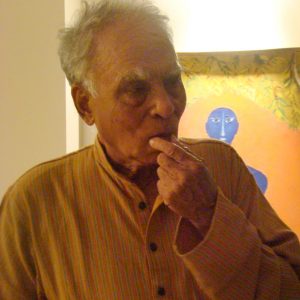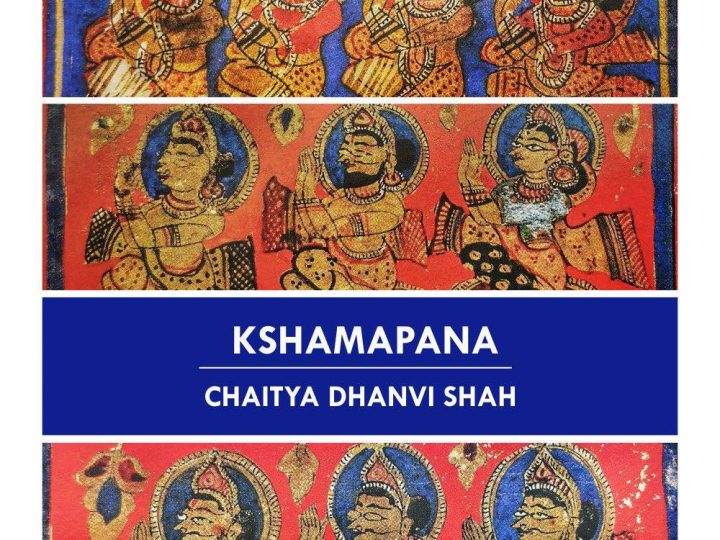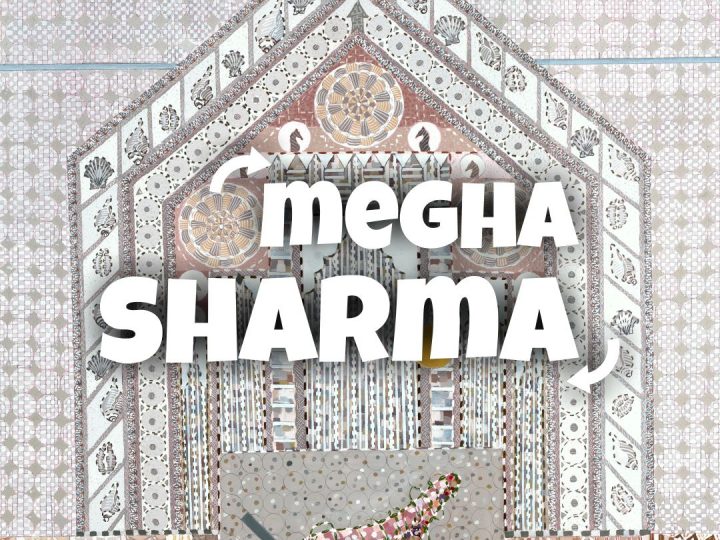
Relief print is a mirror (reversed) image of the one cut on the block.

Some of the most common examples of the relief printing are rubber stamps and textiles printed with wood blocks.

In India, until 1960 letterpress machines that used relief process printed nearly all books, magazines and newspapers. First printing press was imported during Aurangzeb’s rule by a Gujarati businessman named Bhimji Parkh at Surat.

Before advent of the process of making photomechanical metal blocks, hands engraved wood blocks were used for letterpress printing machines.
In relief process the artist uses a piece of wood plank or any other similar material that has a flat surface and draws an image on it.

Parts of the image that is to be white (or the colour of paper to be used for printing) are gouged out from its original surface so that the image stands out as a relief.

When ink of any colour is applied on it, only the uncut parts of the surface receive it.

As the necessary pressure is applied when the wood block (matrix) is brought in contact with a paper, the inked image is transferred onto it.

Prints made with relief process, usually have bold and sharp black and white or distinct tonal areas.

However, instead of a horizontally cut wood plank, vertical cross section cut from fine-grained wood are used for finer details. An image made this way is called Wood Engraving.

The tools used for this are also different. Apart from the texture of the wood, relief prints would also show the character of tools used for cutting and the manner in which artists has used them. Each artist has a personal way of creating the image and handling the tools. Wood engraved blocks were used for publishing and such industrial printing until photo engraving took over.
Illustrations for storybooks, textbooks, adverts etc. were also printed from such hand engraved wood blocks.

Romendra Nath Chakrbarty and Haren Das are perhaps the only Indian artists who have worked in wood engraving medium.

Those who work in this method normally use oily ink that is applied on the matrix with a rubber roller. But traditional Japanese printers applied thin and delicate washes of water-colour with brush.

So, their prints had a very different appearance and subtle tonal nuances. Woodcut (also known as Xylography), Linocut and Wood Engraving are the more exploited forms of relief printing.

These and similar nomenclatures are often used for the prints as well as processes used to make them. Nowadays some artists are using plastics or similar synthetic materials and ply-woods for making larger size prints.


Inexpensive reproductions of Kalighat paintings were reproduced as wood cut prints in Bengal.

Nandlal Bose

Chitto Prasad
But Nandlal Bose and Chitto Prasad are two of the Indian artists who had adopted this method later for their personal expressions. During 1970s and 80s, Zarina Hashmi and Shanti Dave have used wood cut quite innovatively. Vinod Rai Patel had many Linocuts prints.

Zarina Hashmi

Shanti Dave
Disclaimer
In this blog, I have tried to share my personal experiences and knowledge gained over the years talking to and understanding artists, collectors, buyers, students and most importantly people who don’t have much interest in art and the watercolour medium. All of them have given me a different perspective in understanding this wonderful medium. It can be a quick guide for a students, novice collector or buyer who wants to start collecting watercolour artworks.





